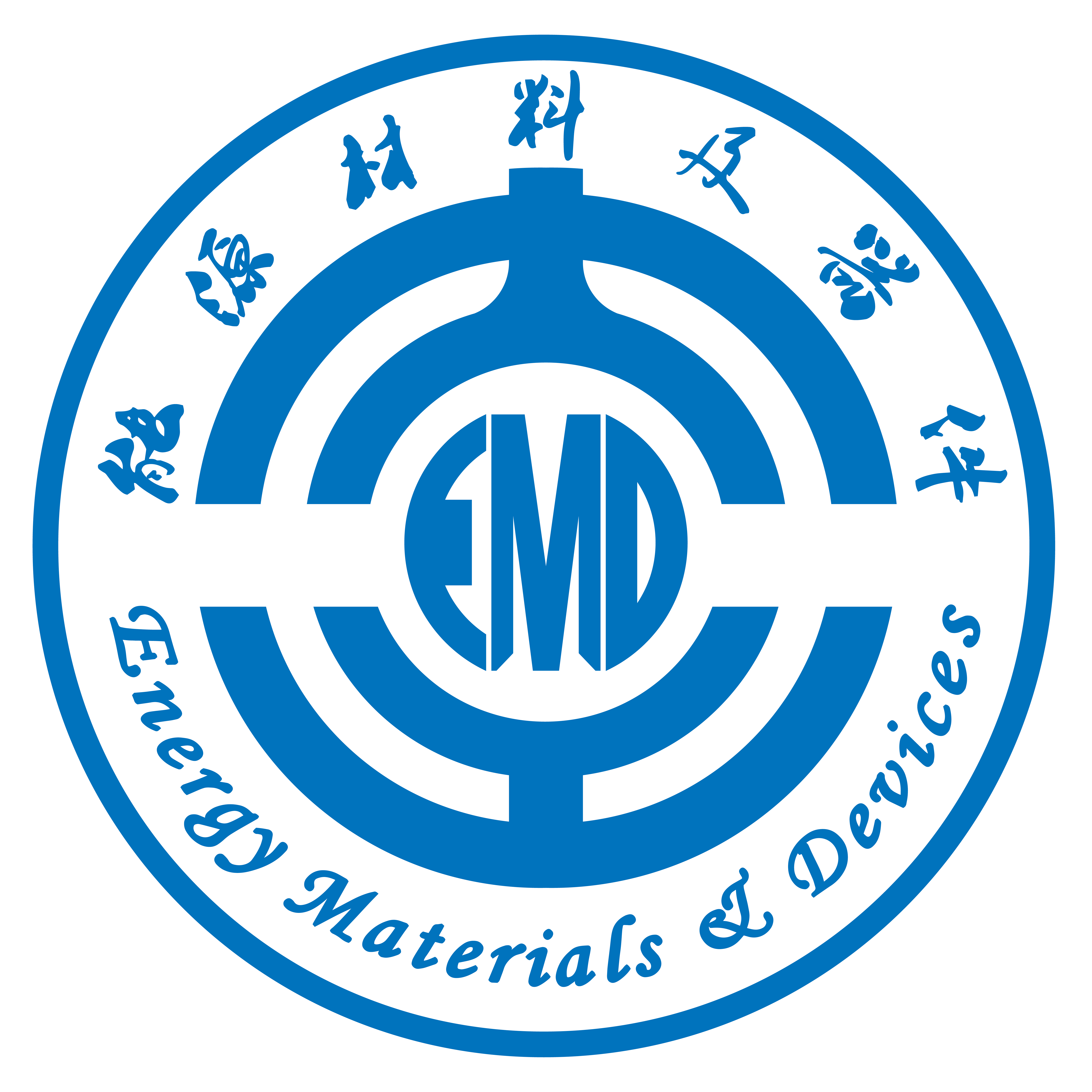Abstract: The number of MXene layers plays a crucial role in their performance when they are used as anode materials for sodium-ion batteries. Herein, Ti-based nitride MXenes with different layers, TixNx−1O2 MXene (x = 2, 3, 4) structures, were constructed to calculate the structural stability of their precursor, electronic properties after etching, and sodium storage behavior compared with the common Ti2CO2 and Ti3C2O2 MXene. First-principles calculations indicate that nitride MXenes possess a better rate capability than carbide MXenes of the same thickness. Moreover, the barrier for Na diffusion on the Ti2NO2 MXene surface (0.114 eV) is lowest. Meanwhile, comparing the properties of three nitride MXenes with different thicknesses, Ti2NO2 MXene performs relatively well with a high theoretical capacity with 756 mA h g−1 and a lower open circuit voltage of 1.1 V. In conclusion, the performance improvement of nitride MXene is not linear with thickness, because that of Ti3N2O2 MXene is relatively weaker. This work lays the foundation for the feasibility of Ti3N2Tx experimental preparation and provides corresponding evidence on the choice of MXene thickness. More attention should be paid to the etching method for Ti2NTx MXene.

